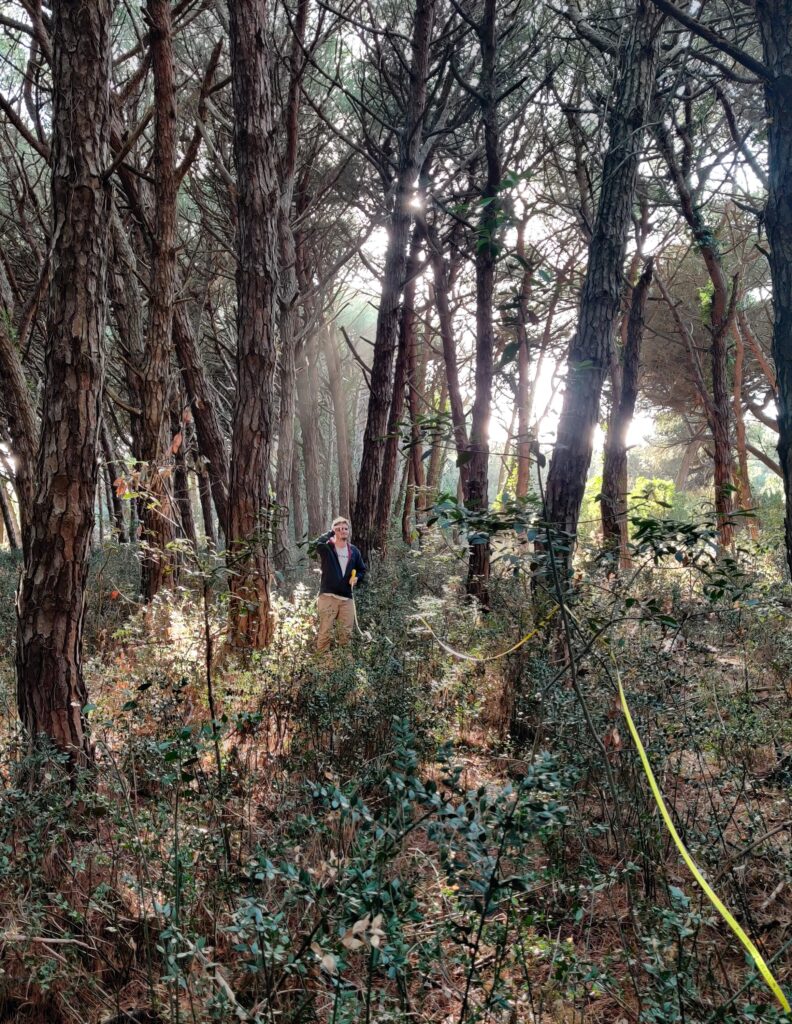News from the AllianceAuthor: O’Herrin, K., Bassett, C., Day, S., Ries, P. D., & Wiseman, P. E.
Date: 02 May 2023
Background: Urban forestry is an emerging profession, yet its professional identity is not clearly defined nor does it have the full complement of support mechanisms commonly expected or needed by professionals. As a result, urban forest professionals rely on closely allied professions (e.g., arboriculture, forestry) resulting in frustration amongst urban forest professionals and confusion and lack of awareness amongst the general public. Methods: We developed a series of practical but ideal benchmarks for a successful ”modern profession” based on features extracted from a review of the literature and precedents from 11 other professions. We then examined a broad array of evidence to identify gaps between the benchmarks and the current reality of the profession. Strength of evidence was assessed and each benchmark was classified as being supported by established, emerging, or little to no evidence. Results: Gap analysis indicates that while the profession provides an essential service to society, there is a need for improvement in credentialing, public awareness, recruitment into the profession, and support for career advancement. Many gaps result from a lack of coordinated efforts or organized community dedicated to the full scope of urban forest professionals. We identified a misalignment between urban forest professionals and existing professional organizations that are dedicated to closely allied professions. Conclusion: To meet benchmarks for a successful ”modern profession,” urban forestry needs professional support explicitly dedicated to urban forestry. The profession cannot meet the future needs of society supported only by borrowed credentials and surrogate professional organizations.
Read more
